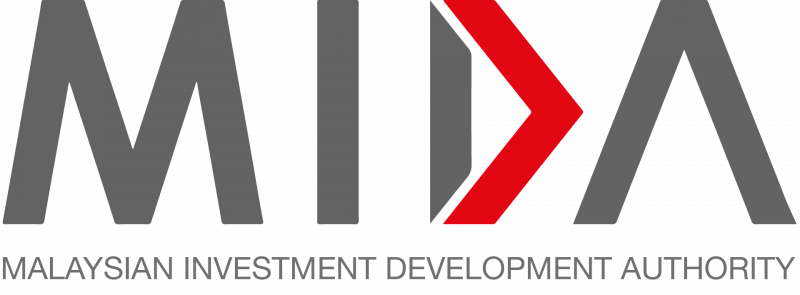Selangor remained the top destination for investments so far this year, as the state drew in RM66.8 billion in approved investments.
A total of 1,371 projects were approved comprising 253 manufacturing projects and 1,116 in the services sector, according to Invest Selangor. The projects are expected to create more than 50,000 potential job opportunities in the state, the state government promotion agency said.
The planned investments showcase Selangor’s industrial ecosystem vibrancy, cutting-edge technological capabilities, and its competitive strengths in the manufacturing and services sectors, said Ng Sze Han, the state’s executive councillor for investment, trade and mobility.
“The future looks bright for Selangor, and we hope the upwards momentum will continue and yield positive full-year results for 2024,” he added.
The total approved investments were an increase of 59% from RM42.1 billion recorded during the same January-September period in 2023, according to the Malaysian Investment Development Authority (Mida).
Most of the investments went into the services sector, followed by manufacturing and the primary sector of the economy, a segment that typically covers raw commodity production and extraction such as mining and plantation.
The services sector remained the key driver of Selangor’s investment performance, with major contributions from sub-sectors such as information and communications, real estate, support services, transport services, and distributive trade.
In the manufacturing sector, investments were driven by electrical and electronics, transport equipment, fabricated metal products, non-metallic mineral products, and machinery equipment. “This underscores the manufacturing sector’s resilience and continued growth,” Invest Selangor noted.
Domestic investments accounted for more than one-third of the total. The US was the top contributor of foreign investments in Selangor, pouring in RM4.8 billion, followed by Singapore, China, Japan and Germany.
Source: The Edge Malaysia
Selangor top destination for investments, draws in RM66.8b in January to September
Content Type:
Duration:


